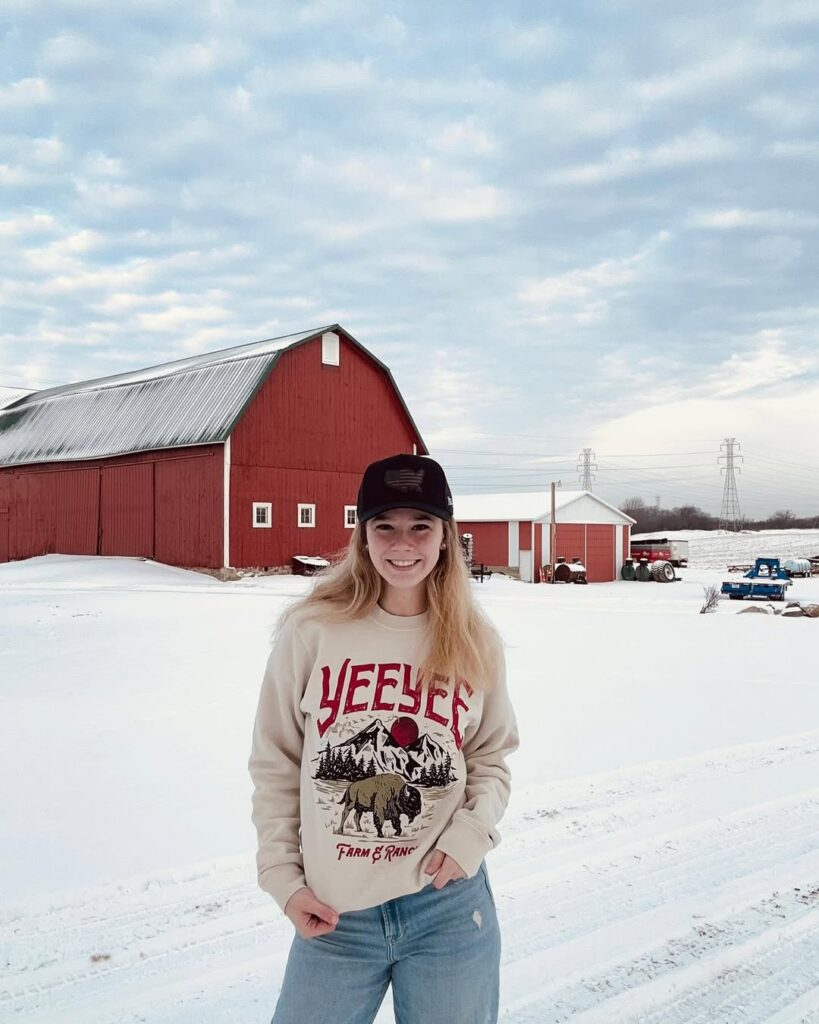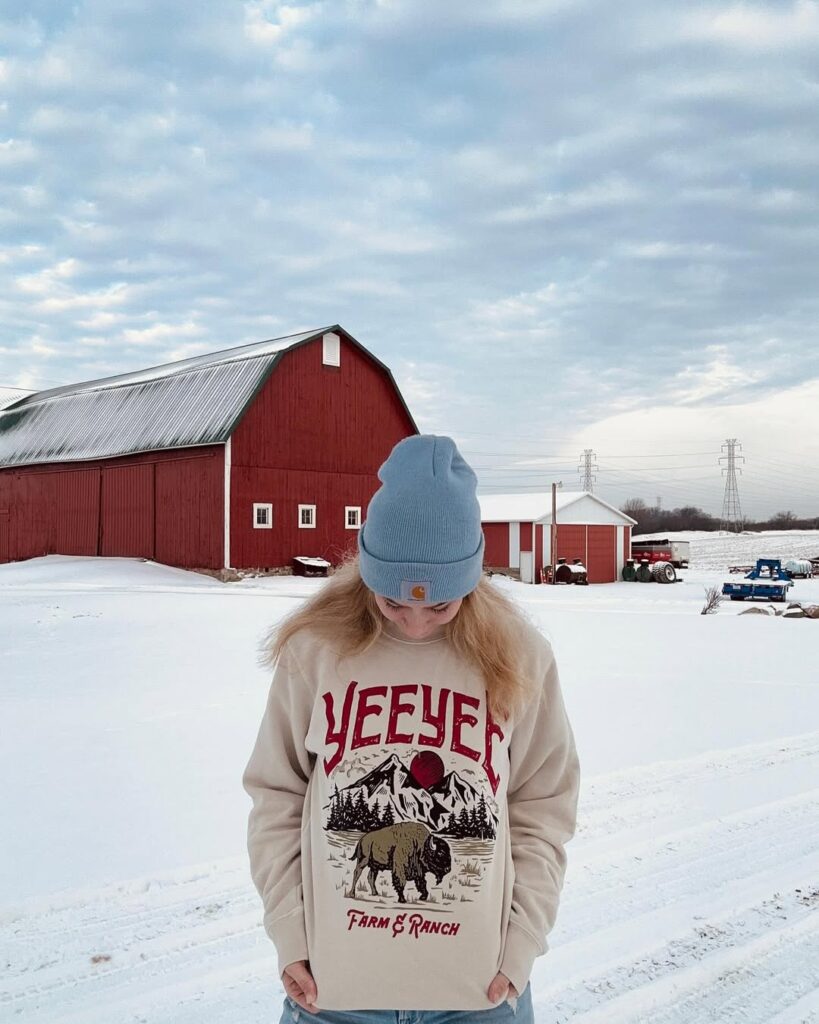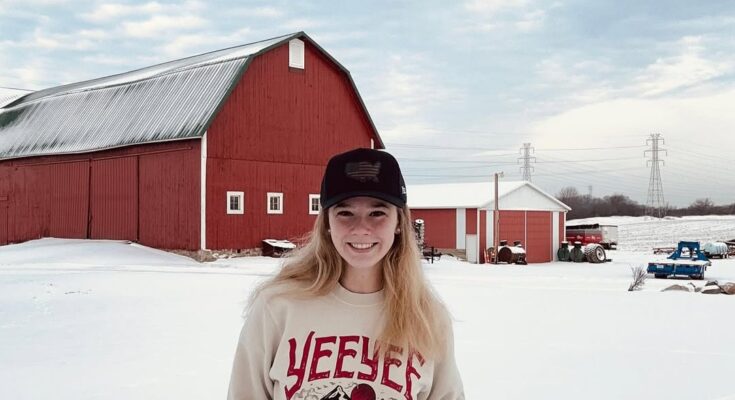That phrase sounds odd at first—grammatically incorrect, even. We are used to the weather changing, or shifting, or worsening. We might say the rain is falling, or temperatures are dropping, but to say the weather itself is falling implies something more—something deeper, more unsettling. Like the sky is slipping from its moorings. Like the planet is exhaling too deeply. Like balance is being lost.
And perhaps it is.

For generations, we have looked to the weather as a rhythm, a pulse of nature’s predictable heart. Spring unfolds in soft pastels. Summer arrives with a blaze. Autumn brings crisp, golden goodbyes, and winter silences the world in frost. But now, the seasons stutter. Snow falls in April; flowers bloom in January. Hurricanes gather like armies, and heatwaves smother cities that once barely knew summer. The weather is not just changing—it is unmoored. It is falling.
We used to speak of climate and weather as separate things. Weather was the daily conversation, the small talk filler. Climate was the background noise, the larger pattern, the deep current beneath the waves. But those lines blur more every year. A record-breaking storm is no longer an anomaly but a harbinger. An unusually dry season is no longer unusual. The slow simmer of global warming is starting to boil over into daily life.

In the quiet places of the world, where time once moved at a more ancient pace, the signs are clearest. The Arctic is melting not just in the warmth of summer, but in winter too. Ice that stood for centuries now flows like a river. Polar bears search farther for food, thin and weary. Caribou herds miss their migrations, as the snow they rely on vanishes. The weather is falling there, slipping from old truths.
In the tropics, the air grows heavier, more anxious. Storms gather strength in hours instead of days. Rain comes in torrents that wash away villages, and then not at all for weeks, starving crops and drying rivers. Farmers no longer know when to plant, or when to harvest. The old calendars don’t work. The weather is falling—out of sync, out of sense.
In the cities, the fall is quieter but no less real. Asphalt cracks in the heat. Air conditioners hum through longer, hotter seasons. Elderly neighbors grow fearful of going outside. Children cough more often. The weather is not just in the sky—it seeps into walls, into skin, into lungs. And still, we go about our days. Still, we scroll past the headlines: “Hottest April on Record,” “Storm of the Century,” “Unprecedented Drought.” Unprecedented has become precedented. Normal is being rewritten.

But the weather isn’t only a matter of science or temperature. It is memory. It is emotion. We remember the feel of fall leaves crunching underfoot, the joy of snow days, the smell of summer rain on hot pavement. When the weather falls, we lose more than patterns—we lose anchors. We lose the soundtracks of our childhoods, the way the light used to fall through trees at 6 p.m. in July. We are weathered by this loss in ways we don’t always recognize.
What does it mean for the weather to fall? Perhaps it is like a house falling into disrepair—not all at once, but gradually. A cracked window here. A leaking pipe there. The foundation shifts slowly, until one day the door doesn’t close properly. The structure is still standing, but it is no longer sound. The weather is still here, but it is less certain. Less safe.
And yet, we are not merely victims of this falling. We are architects, too. Through our industries, our emissions, our endless thirst for more, we have tilted the balance. We have pulled the threads from the sky, and now we watch it unravel. The tragedy is not just that the weather is falling—it is that we helped push it.
But to understand this fall is also to recognize the possibility of a rise.

Nature is not without resilience. Trees find ways to grow through concrete. Coral can recover, given peace. Rainforests can heal when the chainsaws go silent. The weather, too, can stabilize—if we let it. If we act. If we listen.
There are those who are trying. Scientists who model better futures. Activists who speak out, even when drowned out. Engineers designing greener cities. Children marching in the streets, demanding a world that doesn’t fall apart before they are grown. These are the hands that reach out to catch the weather as it falls, to steady it, to mend what can still be mended.
But it will take all of us.
We must look up, first of all. Really look. Not just at the forecast on our phones, but at the sky, the trees, the wind. Notice what is changing. Ask why. And then ask what we can do. Drive less, consume less, waste less. Speak more, teach more, care more. No act is too small when it echoes across billions.
The weather is falling, yes. But maybe we are falling, too—falling away from a connection with the world that birthed us. And maybe, just maybe, this fall is not the end but a call to wakefulness. A call to slow down. To return. To repair.
In a story, when something falls, there is always a moment of decision—do the characters let it fall and break, or do they reach out and catch it? We are at that moment now.
So the next time you step outside and feel the wrongness of a summer day in winter, or watch a storm roll in with too much anger, don’t just shrug. Let it move you. Let it remind you that the sky is not some distant thing. It is part of you. It is breathing, changing, falling with and because of you.
And maybe, together, we can help it rise again.



